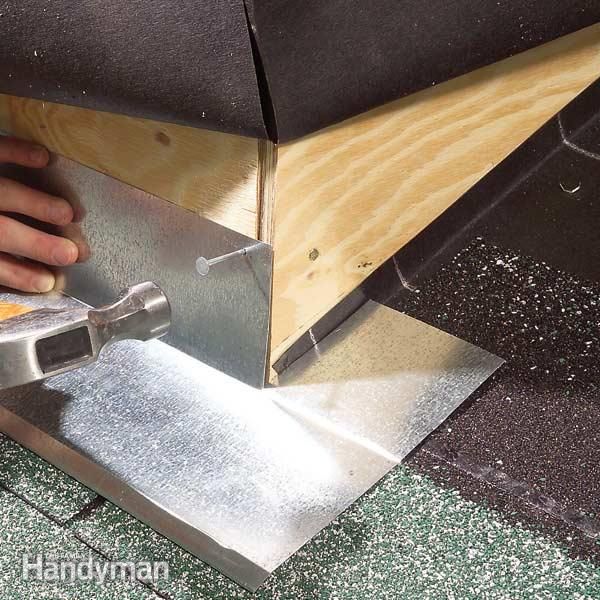House Roof Water Leaking

Projections or penetrations such as vents dormers and chimneys are frequent places for leaks.
House roof water leaking. How to locate the source of a roof leak. Locating the exact source can be tricky because visible signs of a leak on the inside might be several feet away from either to the left right or below the actual source. Why is my roof leaking. Even if the roof leak is caused by a windstorm or a tree.
Slow roof leaks sometimes show up in the strangest places too like water leaking from wall outlets or light fixtures. Confirm that the source of the water on the inside of the home is a result of a roof leak and not due to a problem associated with other components of the home. Sure it s easy enough to spot water stains on the ceiling or mold growth sure signs of a leak. Sometimes water leaks behind walls and leaches straight into your hardwood floors or floor underlayment and causes damage there as well.
A standard homeowners insurance policy will cover water damage and roof leaks unless they re the result of gross negligence on your part. A lot of times it s simply locating the problem. Looking for roof leaks on the outside of your house. Leaky roofs never fix themselves or get better on their own.
If you don t want to wait for rain to look for the leak try bringing the garden hose up on the roof. Water tends to travel outward from the starting point making it difficult to find the source. During a hard rain you might also see. Water frequently enters the house near things that go through the roof.
Run the water over the place where you think the leak might be located. If the cause of a leak isn t discovered and repaired right away your home could undergo severe damage. It is important to act quickly when it comes to a roof leak. Have a helper stationed in the attic with a flashlight.
But it s equally important to fix the roof leak as soon as possible to prevent more damage. Even if the leak isn t bad yet. The hardest part of fixing a roof leak. Be sure to start small.
Water leaking behind your gutters. Begin by locating the leak on the inside of the home. Some roof leaks are tough to locate. If your ceiling has a plastic vapor barrier between the drywall and the attic insulation push the insulation aside and look for flow stains on the plastic often water runs to openings in the vapor barrier such as at ceiling light fixtures.
Inspecting the underside of the roof sheeting can show signs of water damage however it is not a foolproof method so inspecting the roof for damage is needed as well. Sometimes the water shows up at a ceiling spot distant from the leak.














































